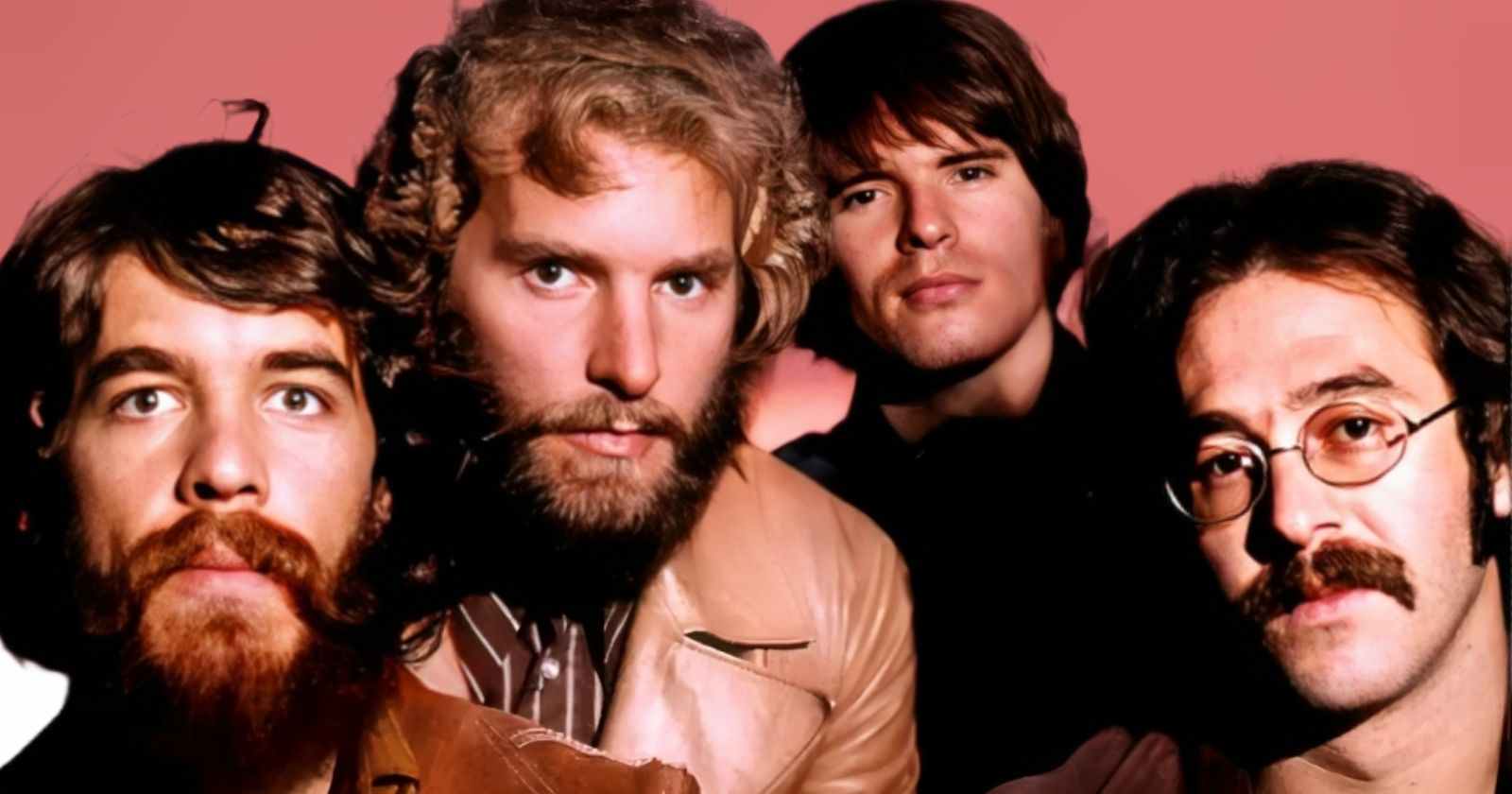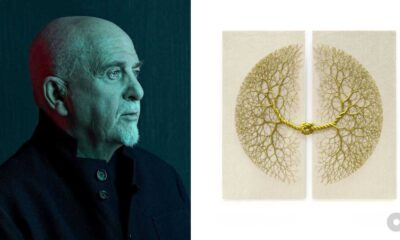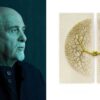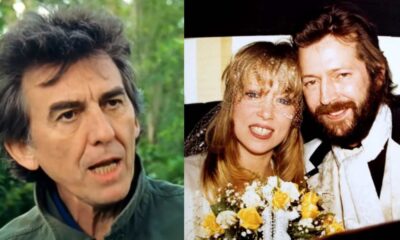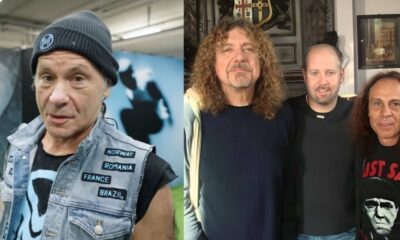ARTICLES
Why Tom Fogerty left Creedence Clearwater Revival
The brothers Tom Fogerty (Born in 1941) and John Fogerty (Born in 1945) started their careers in the late 50s and in 1959 they started to perform alongside Stu Cook and Doug Clifford. They were first known as The Blue Velvets and The Golliwogs until they finally changed their name in 1968 to Creedence Clearwater Revival.
That line-up remained together until 1971 when the guitarist Tom Fogerty decided to leave the band. Until then they had released six successful studio albums and one year later “Mardi Gras” (1972), their final album was released as a trio.
But why did the guitarist Tom Fogerty decide to leave Creedence Clearwater Revival in the early 70s?
Why Tom Fogerty left Creedence Clearwater Revival
Bands are like families and of course, even family members fight each other from time to time. It wasn’t different in Creedence Clearwater Revival and that tension between Tom and John was what also contributed to his decision to leave. As Tom said in a radio interview (Transcribed by Rock and Roll Garage), he wanted to sing more and also write his own songs. Since his brother always was the CCR’s main songwriter and singer, he felt like he didn’t have much space to do that. During that era it also wasn’t common to do solo albums if you were a member of a band.
“I had all these songs building up inside of me, with no place to go. I couldn’t contribute to the band and I did wanna do more lead singing and explore that whole world myself. In those days people didn’t make solo albums on the side and stayed in the bands. If you did that you would be disloyal, so you just left. If I wanted to do that today I would have just stayed with the band and (have done) on the side,” Tom Fogerty said.
Tom wasn’t happy about John Fogerty’s leadership
But as his brother John Fogerty recalled in an interview with Sirius XM (Transcribed by Rock and Roll Garage), Tom wasn’t happy with him as a leader and that cause their friction at the time. “We were trying to create the album cover for ‘Green River’. So we were just kind of fumbling around for hours out in the forest. Finally I said something like ‘You stand there, you stand there. I was talking to the photographer (saying) ‘You get down there and you’ll be there and I’ll be here’.”
“Tom said something like ‘Oh, now you’re gonna produce the cover like you produce the records’. He wasn’t happy when he said. I just thought to myself: ‘Ouch’. I didn’t really realize what I was doing but I think that leadership, I was giving some direction. Tom was clearly unhappy with that. If I had a clue what was going on I could have probably figured that out.”
He continued:
“But like I said, I did not. Eventually Tom actually left the band and that was I think a surprise to me. I’ve tried to talk him into (not doing that). Actually what I really wanted us to do is take a break, because we were all pretty stressed and he wouldn’t hear of it. By then he wanted separation,” John Fogerty said.
In the same year Creedence Clearwater Revival released their final record, Tom Fogerty released his self-titled debut album. Curiously, he had several special guests on his albums in the following years. Grateful Dead‘s Jerry Garcia played lead guitar on “Excalibur” (1974) and the Creendence members played on their two next ones.
On “Zephyr National” (1974), John Fogerty, Stu Cook and Doug Clifford played on a few songs. But John recorded his parts separetly from Stu and Clifford. The next album “Myopia” (1974) had once again Cook and Clifford but John wasn’t part of.
His two final albums didn’t had CCR members and the last one was “Deal It Out” in 1981. But in the middle of his solo career, Tom also was a member of the band Ruby. The group also had Randy Oda, Anthony Davis and Bobby Cochran. They released two studio albums: “Ruby” (1976) and “Rock & Roll Madness” (1978).
In the 80s he underwent a back surgery and during the blood transfusion he was infected with HIV, subsequently resulting in his contraction of AIDS. He passed away in 1990 at the age of 48 victim of turberculosis. In 1992 the posthumous album featuring Randy Oda called “Sidekicks” was released.


